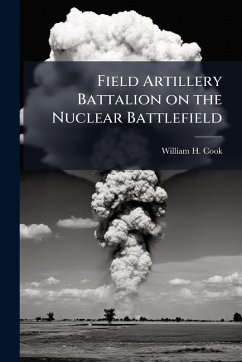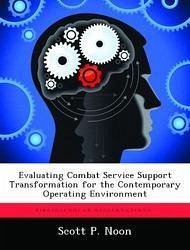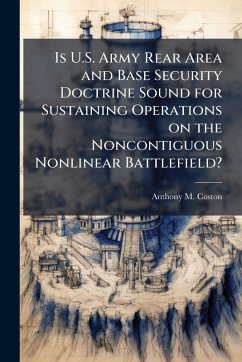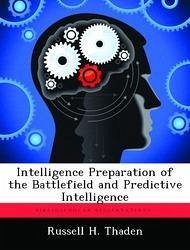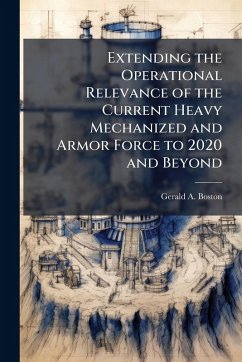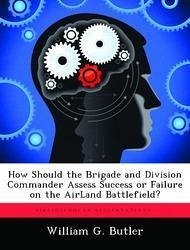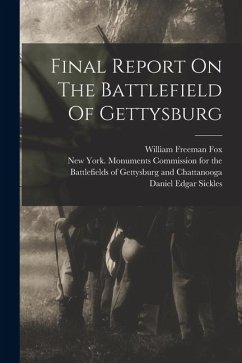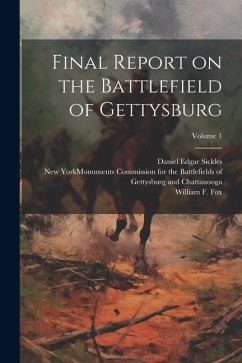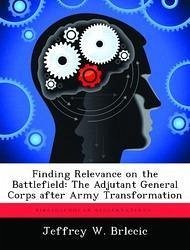
Finding Relevance on the Battlefield
The Adjutant General Corps After Army Transformation
Versandkostenfrei!
Versandfertig in über 4 Wochen
15,99 €
inkl. MwSt.

PAYBACK Punkte
8 °P sammeln!
The Army Vision for the Objective Force calls for revolutionizing the way in which Army forces are supported. Streamlining procedures, improving efficiency, and reducing the support footprint have become top priorities for the Combat Service Support community. These mandates are particularly fitting for the Adjutant General (AG) Corps, whose antiquated personnel support systems and redundant Cold War bureaucracy have become more of a liability than an asset to the combat commander. To remain relevant to the force, the AG Corps must streamline its personnel support doctrine and organizational d...
The Army Vision for the Objective Force calls for revolutionizing the way in which Army forces are supported. Streamlining procedures, improving efficiency, and reducing the support footprint have become top priorities for the Combat Service Support community. These mandates are particularly fitting for the Adjutant General (AG) Corps, whose antiquated personnel support systems and redundant Cold War bureaucracy have become more of a liability than an asset to the combat commander. To remain relevant to the force, the AG Corps must streamline its personnel support doctrine and organizational design. This monograph explores the possibility of accomplishing this by including the AG officer in the multifunctional logistician family. In doing so, this monograph searches for relevance of the Adjutant General Corps on the battlefield and ultimately answers the question: Should the Adjutant General Corps officer be aligned with the Functional Area 90 (FA90) Multifunctional Logistician? This monograph traces the evolution of the terms 'logistics' and 'Combat Service Support' demonstrating how the synonymous use of the terms resulted in confusion as to how to organize the Army's support forces. A clear case in point being the exclusion of AG officers from the Multifunctional Logistician Career Field even though they are routinely categorized as logisticians. By comparing and contrasting current and emerging support doctrine, organization, and leader development this monograph provides insight into why AG officers are currently excluded from the Multifunctional Logistician Career Field, and whether or not alignment would be desirable in the future. The monograph concludes that aligning the Adjutant General Officer Corps with the Multifunctional Logistician Career Field is not desirable for four reasons. First and foremost, AG officers should not align with the Multifunctional Logistician Career Field simply because they are not logisticians. Second, the CSS structure does no This work has been selected by scholars as being culturally important, and is part of the knowledge base of civilization as we know it. This work was reproduced from the original artifact, and remains as true to the original work as possible. Therefore, you will see the original copyright references, library stamps (as most of these works have been housed in our most important libraries around the world), and other notations in the work. This work is in the public domain in the United States of America, and possibly other nations. Within the United States, you may freely copy and distribute this work, as no entity (individual or corporate) has a copyright on the body of the work. As a reproduction of a historical artifact, this work may contain missing or blurred pages, poor pictures, errant marks, etc. Scholars believe, and we concur, that this work is important enough to be preserved, reproduced, and made generally available to the public. We appreciate your support of the preservation process, and thank you for being an important part of keeping this knowledge alive and relevant.



